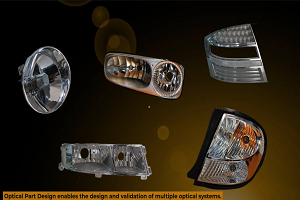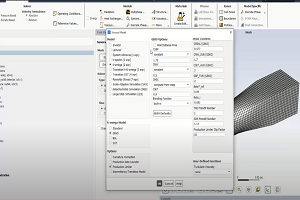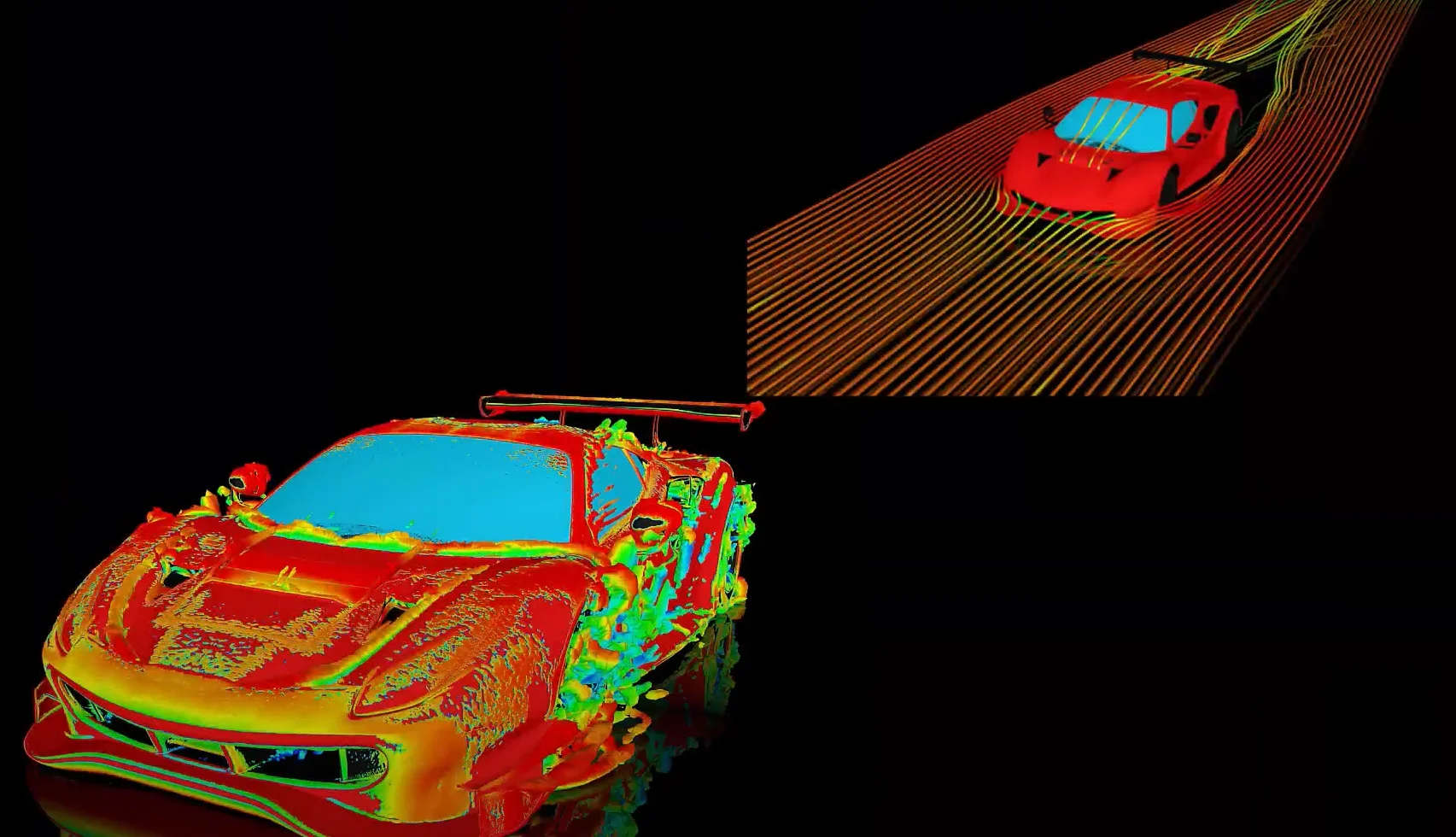-
-
June 6, 2022 at 10:51 am
 Watch & LearnParticipant
Watch & LearnParticipantThis video demonstrates techniques for decomposing a model into sweepable regions to prepare it for hex meshing in ANSYS Workbench. Leverage simulation technology with a single platform that unifies legacy tools and custom workflows to help companies transform designs into products.
-


Introducing Ansys Electronics Desktop on Ansys Cloud
The Watch & Learn video article provides an overview of cloud computing from Electronics Desktop and details the product licenses and subscriptions to ANSYS Cloud Service that are...

How to Create a Reflector for a Center High-Mounted Stop Lamp (CHMSL)
This video article demonstrates how to create a reflector for a center high-mounted stop lamp. Optical Part design in Ansys SPEOS enables the design and validation of multiple...

Introducing the GEKO Turbulence Model in Ansys Fluent
The GEKO (GEneralized K-Omega) turbulence model offers a flexible, robust, general-purpose approach to RANS turbulence modeling. Introducing 2 videos: Part 1 provides background information on the model and a...

Postprocessing on Ansys EnSight
This video demonstrates exporting data from Fluent in EnSight Case Gold format, and it reviews the basic postprocessing capabilities of EnSight.

- How to reverse surface normal in SpaceClaim?
- How to Change the Direction of the Normal Vector of the Internal Face?
- Create Sections in Meshing
- Tip on exporting geometry in Parasolid, STEP format from DesignModeler
- ANSYS ICEM CFD: Basic Blocking
- ANSYS Workbench: Decomposition and Hex Meshing – Part I
- ANSYS Fluent: Watertight Geometry Meshing Workflow
- How can I create a 2D section from a 3D model in SpaceClaim ?
- How do you turn a rectangular surface mesh into a triangular surface mesh?
- What is the difference between patch dependent meshing and patch independent meshing?

© 2025 Copyright ANSYS, Inc. All rights reserved.

